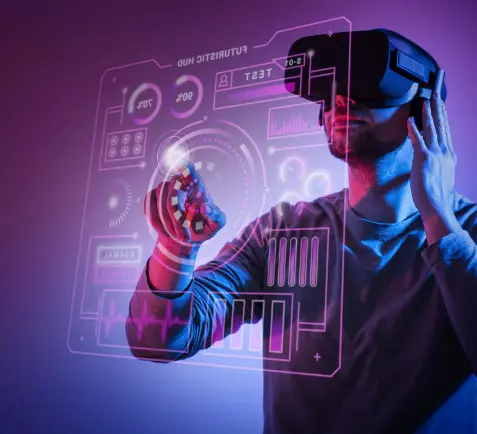When we talk about the one sector that is undergoing a drastic revolution, it is very much the insurance industry, particularly in the area of claims processing. The era of heavy-laden papers and slow and tiresome procedures is over because AI and ML have introduced a paradigm shift in insurance experience and have made it customer-focused and more efficient.
Technology has, though, not brought a solution to the shortcomings of the outdated method of claims processing in the U.S. insurance industry that has led to a delay in claim resolution, additional administrative workload, and increased operational expenses. Given that customers’ expectations for a flawless experience are continually increasing and insurance companies are facing the challenge of having to modernize their claims management processes to offer speedy, precise, and customer-centric solutions.
The Rise of AI and ML in Claims Processing
On the one hand, the insurance claim filing process has been a laborious and time-consuming activity for both insured and insurers as it has been. On the other hand, in the case of insurers implementing AI and ML technologies, they can now streamline and simplify many stages of claim processing, resulting in faster handling times and superior precision.
AI algorithms can quickly examine humongous data sets to identify the risk factors, recognize fraudulent claims, and foretell possible results that have never been seen before. Machine learning models drawn from the historical claims data are able to identify the occurrence of specific patterns alongside deviation from normal behavior thus enhancing the claims management processes and insurer’s decision-making.
- Real-Time Claims Assessment: AI and ML algorithms make it possible for insurers to assess claims in real-time, thus, speeding up decision-making and payouts to insured.
- Personalized Customer Support: AI-powered virtual assistants offer tailored assistance to policyholders, responding instantly to claims inquiries and guiding them through the claims process.
- Fraud Detection and Prevention: ML models largely rely on massive data analytics to pinpoint fraudulent claims, so that insurers can avoid risks and uphold their operations.
- Continuous Improvement: On the basis of ongoing learning and adaptation, use of AI and ML technologies to better claims processing, leading to higher efficiency and precision over time.
Enhancing Customer Experience
Among the most important advantages AIs and MLs offer in claims processing is the improved customer experience they provide. Insure can be trusted with task execution and reimbursement simplification to allow faster access to needed services. This not only improves customer satisfaction but also builds brand image and trust and reflects long-term retention.
Moreover, AI-based chatbots and virtual assistants as part of claims service plans are becoming a common practice for the provision of personalized support for customers along the way. These virtual agents may resolve queries, provide status updates, and even provide guiding counsel on the subsequent actions—all in real time. With natural language processing (NLP), these chatbots can comprehend, and provide answers with an accuracy down to human standards, thus boosting the whole customer experience.
Improving Accuracy and Fraud Detection
AI and machine learning technologies become pivotal for increasing claims assessment precision, and reduction of fraudulent activities inside the insurance industry. Such algorithms analyze numerous data sets such as past claims, customer data, and other external sources including weather and social media, and any suspicious claim can be reported for further investigation.
In addition, machine learning algorithms have the ability to keep on adjusting and adapting to new tactics of fraud thus allowing insurers to be one step ahead of fraudulent actors. Such a strategy does not only reduce the insurers’ financial losses but also tends to keep the insurance system as a stable whole.
Challenges and Considerations
The AI and ML advantages in claims processing are true but there are several challenges that the insurers must address in order for them to fully maximize their potential benefits. Data protection and security concerns have been raised, as insurers have to confirm that customer information is not just allowed but kept from inappropriate use and unauthorized access.
Furthermore, the incorporation of AI and ML technology goes hand in hand with big investments in infrastructure, talent, and training. Insurers need to assess their currently implemented systems and processes to determine the best integration and implementation method, demonstrating scalability, interoperability, and regulatory compliance.
The Road Ahead
With technology always on the move, the future of claims processing in the US insurance sector looks very bright. AI and ML will therefore remain the main drivers for achieving efficiencies and accuracy across the claims lifecycle, resulting in an improved experience for policyholders.
Nonetheless, it will take the partnership and cooperation among insurance companies, regulators, and other parties to reach the full potential of technology. Through the use of adoption and making the most out of AI and ML, the insurance industry can overcome the issues of tomorrow and offer top-notch service to its clients in an ever-growing technological world.
Knowledge thats worth delivered in your inbox




